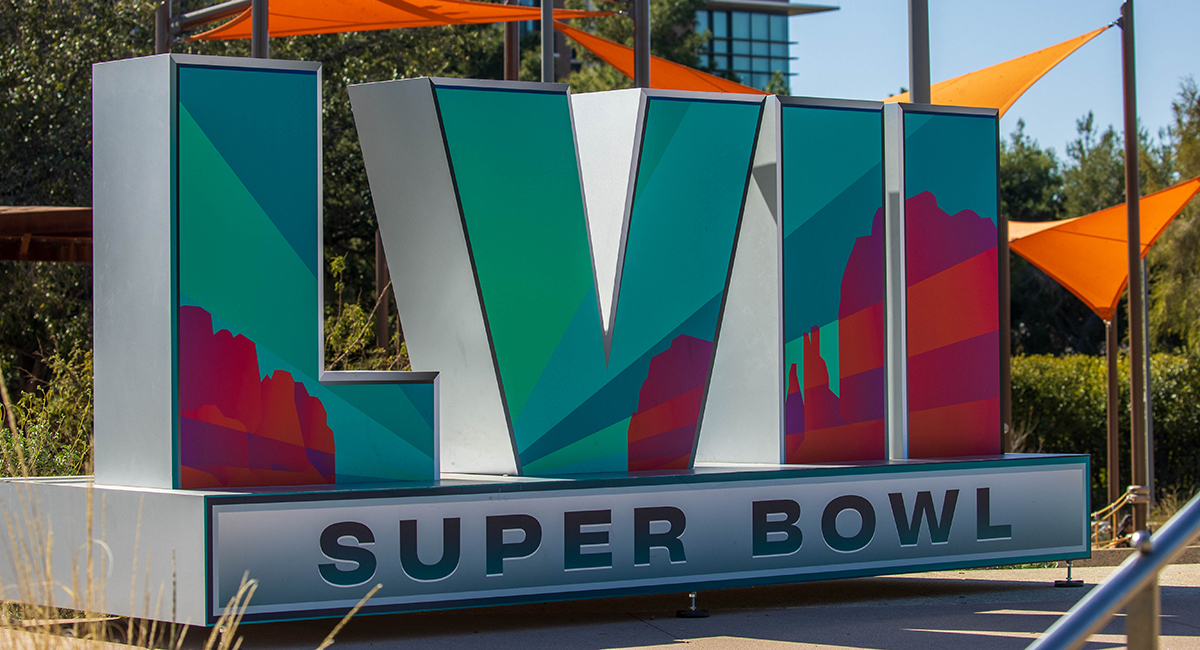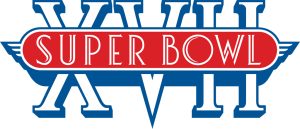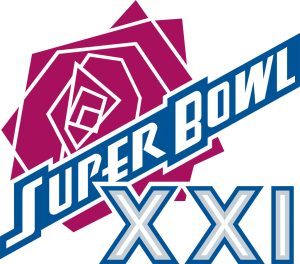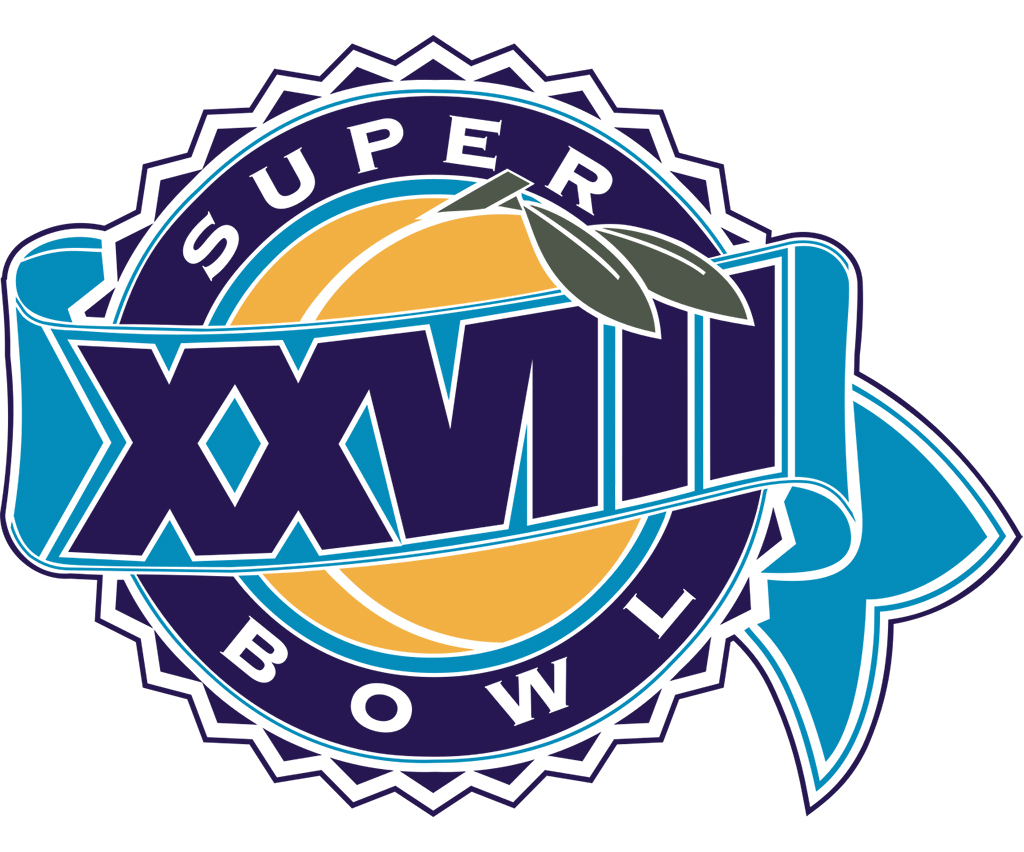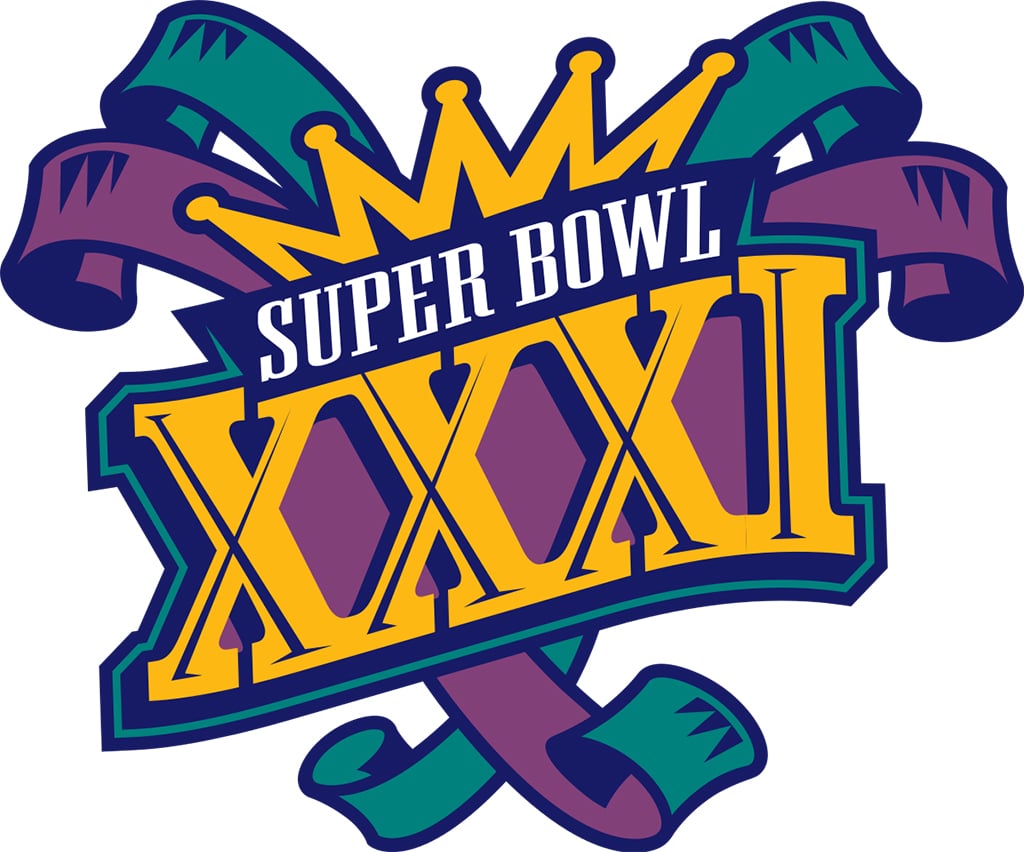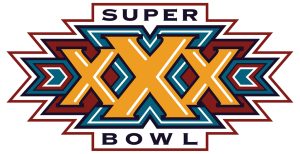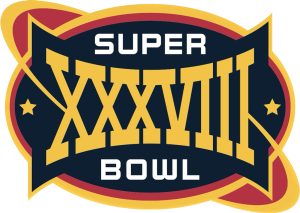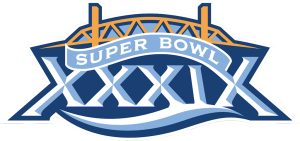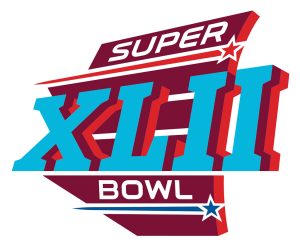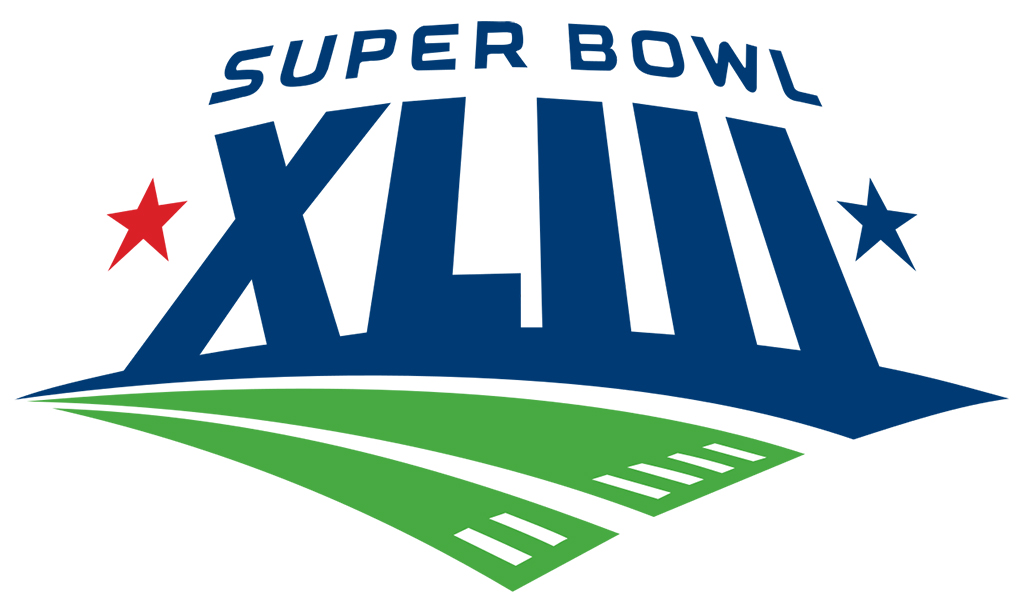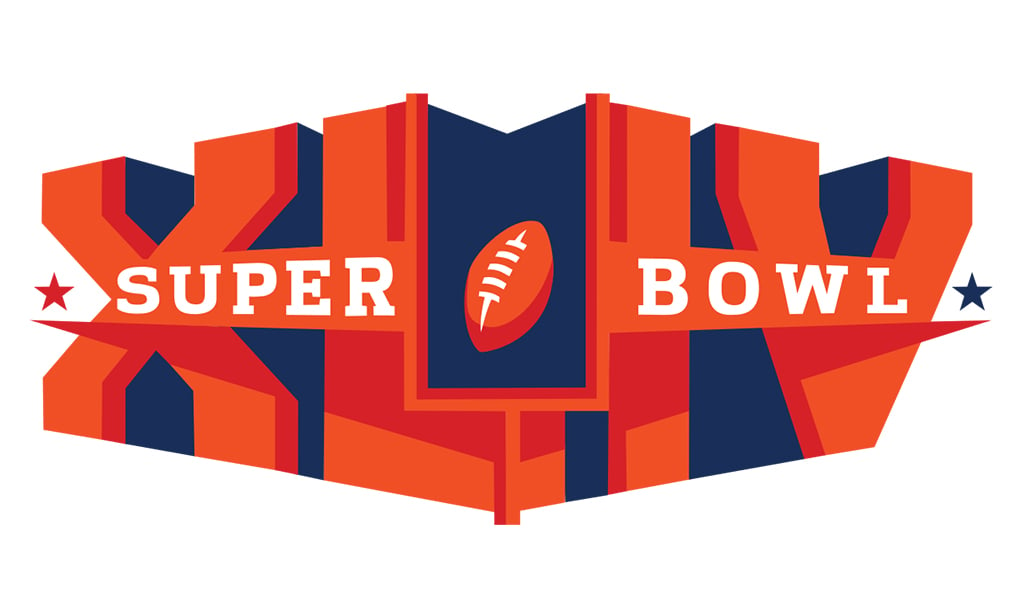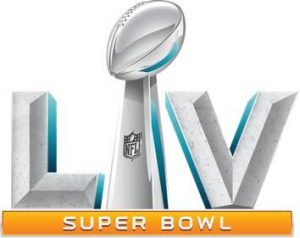
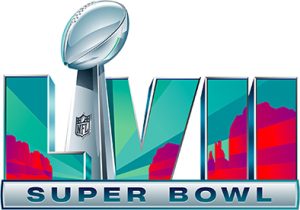
“Comparing the last two Super Bowl logos to 45 through 55, it’s night and day better,” Creamer said. “What they’re doing now, it’s still not perfect, but I would call it an ideal compromise between what the NFL clearly wants, which is a standardized logo that is exactly the same from year to year … to what the fans really want: for each Super Bowl to have its own identity.”
The NFL is not alone in its design shift over the past several decades. It may be that digital media and the growth of the smartphone have heavily influenced a worldwide shift to a more simplified look.
“You get into the ‘80s and ‘90s when digital technology starts coming in and teams can start adding gradients and they can start sublimating things and the number one focus is, ‘We can actually sell merchandise with this stuff on it and make a lot of money,’” Creamer said of the shift. “You look at the 2010s and 2020s and where logos are presented the most now, and that is on a digital cell phone screen … A nice simplified logo that can fit into a profile photo, and you’ll notice that a lot of detail gets stripped away.”
Creamer has already begun coverage of next year’s logo, which will likely keep consistent with the 2022 and 2023 Super Bowls. For football fans around the world, especially those in the Valley, the logo will be front and center leading up to the big game, one that reflects their community.
